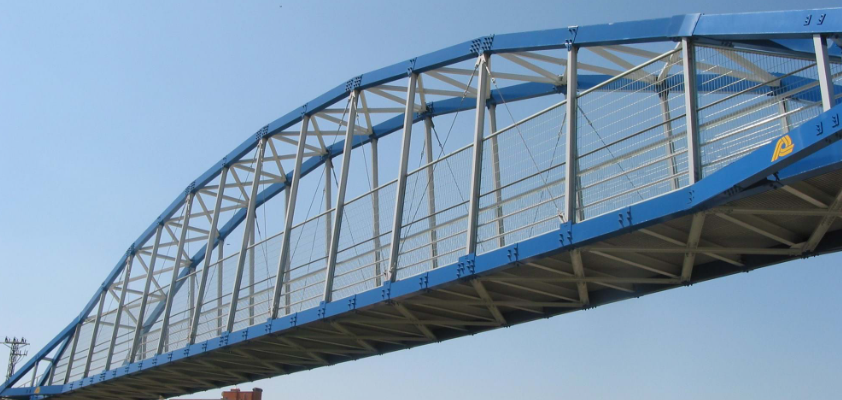In the realm of modern infrastructure, Glass Reinforced Plastic (GRP) bridges have emerged as a revolutionary solution, offering unparalleled benefits and versatile applications. From enhancing durability to promoting sustainability, GRP bridges are transforming the landscape of construction projects worldwide. Let’s delve deeper into them, exploring their myriad benefits and diverse applications.
Understanding GRP Bridges: What Sets Them Apart
They are engineered structures constructed using a combination of glass fibers and resin, resulting in a lightweight yet exceptionally robust material. This unique composition imbues them with several distinct advantages over traditional construction materials.
Benefits of GRP Bridges
- Durability: They boast exceptional durability, resisting corrosion, rust, and degradation caused by harsh environmental conditions. This durability translates into a significantly extended lifespan, reducing maintenance costs and enhancing long-term reliability.
- Versatility: They offer unparalleled versatility in design and construction. Their lightweight nature allows for easy transportation and installation, while their customizable properties enable architects and engineers to create bespoke solutions tailored to specific project requirements.
- Sustainability: As sustainability becomes increasingly paramount in construction practices, GRP bridges shine as an eco-friendly alternative. Manufactured using recyclable materials and boasting a low carbon footprint, they contribute to sustainable development goals while minimising environmental impact.
- Cost-Effectiveness: Despite their superior quality and longevity, GRP bridges are remarkably cost-effective compared to traditional materials. Reduced maintenance requirements and accelerated construction timelines translate into substantial cost savings over the bridge’s lifecycle.
Applications of GRP Bridges
- Pedestrian Bridges: They are ideally suited for pedestrian walkways, offering a safe and durable solution for urban infrastructure projects.
- Cycle Paths: Integrating them into cycle path networks enhances connectivity and promotes active transportation options in urban and rural settings.
- Industrial Infrastructure: From wastewater treatment plants to chemical processing facilities, GRP bridges provide reliable solutions for industrial infrastructure projects requiring corrosion-resistant materials.
- Railway Bridges: GRP bridges are gaining popularity in railway bridge construction due to their lightweight nature, making them an ideal choice for replacing aging railway infrastructure.
Conclusion
In conclusion, GRP bridges represent a paradigm shift in bridge construction, offering unparalleled benefits in durability, versatility, sustainability, and cost-effectiveness. As the demand for resilient infrastructure continues to rise, embracing the power of GRP bridges is essential for meeting the challenges of the 21st century. Whether enhancing urban connectivity or fortifying industrial infrastructure, GRP bridges stand at the forefront of innovation, shaping the future of construction. Let’s pave the way to a sustainable and resilient tomorrow with the transformative potential of GRP bridges.

